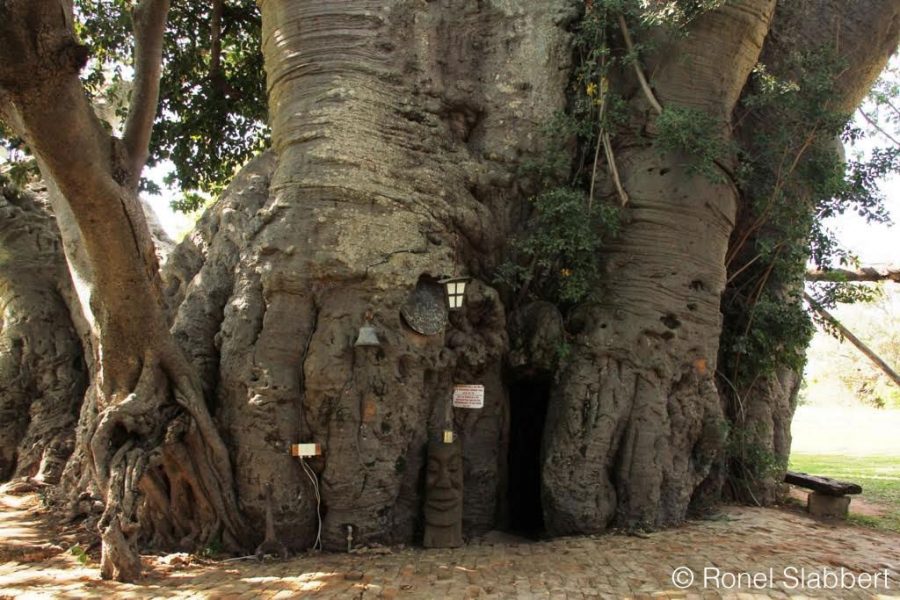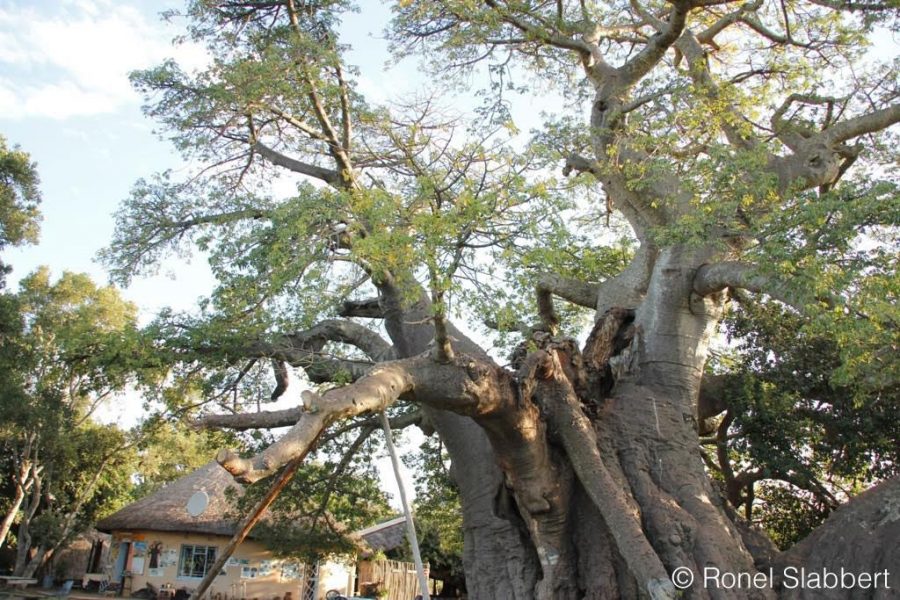- Check your booking conditions
- Advanced Search...
- EliteSingles | A cut above other South African dating sites
- Duiwelskloof Map — Satellite Images of Duiwelskloof
After most schemes became dysfunctional once government withdrew subsidies and support Tapela , p. There appears to be consensus that farming and reclamation initiatives by the authorities since the s in, for example the Transkei, were seldom successful. Moreover, research shows that these initiatives rarely contributed to the conservation of the environment Hendricks ; Crush and Jeeves ; De Wet Ever since the early 20th century Africans were attracted to the urban areas of South Africa to search for employment.
In many cases African townships established in the segregation era — on the periphery of the so-called white urban areas, were informal settlements. The Native Urban Areas Act of had the objective of improving the welfare of urban black people by the provision of housing and other social services Brits , pp.
However, as a rule local authorities were slow to help demolish the shack dwellings and to sponsor the construction of decent housing for African residents. The period from to , according to Harrison , marked a peak in the rate of black urbanisation in South Africa. In Johannesburg, for example, the number of black residents increased from , in to , by Harrison , p. However, there was a sting in the tail. Water supplies in the rural areas and the urban slums on the periphery of the large industrial urban centres remained hopelessly inadequate Gale , p. From the s onwards the government had the responsibility of ensuring that there was sufficient African labour for the urban industries and the agriculturalists in the rural areas Davies et al.
Check your booking conditions
The absence of adequate water supplies, silently played an important role in shaping the fate of many African families in the urban areas. World War 2 was responsible for a significant disruption of social welfare services in South Africa. The construction of new houses literally came to a standstill. In a number of sub-tenants living on plots in Orlando left the area with its overcrowded housing and settled on vacant land on the periphery, using rudimentary materials for the construction of squatter shacks. When the municipality of Johannesburg provided more land, local leaders became active in the squatter communities.
One example was James Mpanza who headed up the Sofasonke squatter movement Oakes , p. In and around other urban areas, living conditions for black people were deteriorating and the police were powerless to act against illegal practices that desperate residents began to instigate. For example, squatters in the Vereeniging area took to securing water from adjoining properties, not always with permission of the owners. The trend spread to other urban centres. In Cape Town it was estimated that two-thirds of the black population lived within the inner-city in slums and shantytowns on the periphery of the city Harrison , p.
Advanced Search...
Proper water and sanitation services in these areas were an exception to the rule. And of course population growth compromised water security in a variety of ways. In the period — the urban areas of the Vaal River Catchment, the major urban population growth region in southern Africa at the time, rose from 2,2 to 2,7 million residents Badenhorst , p.
Furthermore, there were grave concerns that downstream Vaal River water users, such as residents in the new Free State goldfields and the city of Kimberley in the Northern Cape, could experience water shortages Tempelhoff , pp. For geographer Monica Cole it was clear that the development of new townships for Africans placed significant stress on local authorities.
They were unable to secure sufficient water supplies, especially in the Witwatersrand conurbation , p. However, local authorities were wary of making sufficient services and infrastructure available in the townships, knowing that most of the residents would be too poor to pay for services.
This meant that service delivery of potable water, sewerage and waste removal hardly existed or was hopelessly inadequate and this state of affairs posed a major health hazard Eloff and Sevenhuysen , pp. In it was estimated there were about , African families permanently resident in the urban areas with a shortage of about , dwellings needed to address the shortfall. At the time the cost was calculated to be in the vicinity of about R70 million Dubb, , p.
In the case of Soweto, the passing of the Bantu Building Workers Act, 27 of made it possible to train black workers to help with the construction of houses and related buildings in the new township. At the same time there were financial constraints and a demand for additional funds to cover the cost of water supply and sanitation.
Besides the fact that provision had been made in by local authorities to secure funding from the state, a Bantu Services Levy Fund was established with a view to making money available to pay for essential services inter alia water and sanitation, in the townships Dubb , p. The monetary contribution were scheduled to finance essential services in the African residential areas Dubb , p. Initially the levy system was unpopular with employers, but by , according to the Native Affairs Commission a body set up by the government to do its bidding the resistance had dwindled and funds were in fact being used for site-and-service schemes.
The development of new townships for urban African residents created considerable hardship. By on the Witwatersrand central Gauteng as many as 88, people who had been classified as illegal squatters had been removed from urban areas to townships. Harrison , p. However, in the longer term the decentralisation strategy did not live up to expectations and it did little to stem the tide of African urbanisation. On the surface it appears that water did not play a direct role in African resistance to the apartheid state before s.
However, as explained above, water has a deep, but hidden power; it shapes the way people respond to its availability. In the post-apartheid era after water and sanitation service delivery problems have been prime drivers of community protest and these demonstrations are becoming increasingly violent World Wide Fund-South Africa WWF-SA , pp. It is quite possible that the lack of reasonable access to water was a driver in urban African protest action against local authorities.
EliteSingles | A cut above other South African dating sites
While the Water Act of might have been used to ensure that whites benefited from the available water supplies in both the rural and urban areas, it also contributed to deep-seated dissatisfaction amongst South Africans of colour. They did not have adequate access to water.

In the political environment of the s that message would have come across in a pronounced manner. Water stress, like hunger and poverty is a hidden driver of community anger and potential concomitant violent protest ActionAid , pp. A National Action Council was responsible for drafting the Freedom Charter, scheduled to be made public at a Congress of the People attended by an estimated 2 delegates from all parts of the country, gathering at Kliptown near Soweto on 26 June Oakes , pp. Police later broke up the gathering and arrested many of those in the crowd.
Ultimately the Freedom Charter, underlining the principle that the country belongs to all its people, became the cornerstone of the African liberation struggle in South Africa and still serves as a compass for the government in framing its democratic revolution Saul and Bond , pp.
In December the first court hearings of the Treason Trial began and activists were charged with plotting to overthrow the government. The trial dragged on interminably and eventually, in , all those charged were acquitted Oakes , pp. Ironically the annual Native Affairs Commission report for that was only published in reported to parliament that:.
- AdultFriendFinder: Free Sex Dating in Polokwane, Limpopo Province!
- FREE Sex Dating in Polokwane, Limpopo Province.
- detailed map of Duiwelskloof and near places?
- Women looking for sex hookup in polokwane speed dating and orange county.
- best dating places Bredasdorp South Africa.
In its report for the period to the Native Affairs Commission claimed that all illegal squatter camps had been removed from the perimeters of the major urban areas in the country. As far as the commission was concerned, it was only in the cities of Durban and Cape Town that work was still required to develop residential areas for Africans.
Duiwelskloof Map — Satellite Images of Duiwelskloof
Government insisted it could deal with the situation; it boosted its spending on defence, and forged ahead in providing housing for the African population, like no government had done before. But all this proved to be too little, too late. It was the normal route to follow for states aspiring to make their mark in the international community.
- Free Online Dating In Duiwelskloof (South Africa, Limpopo).
- over 50 speed dating Swellendam South Africa!
- asian speed dating Stellenbosch South Africa.
- elite dating agency near Reitz South Africa.
- Brink, André (Philippus) | www.wellnesselek.hu.
It became a testimony to the status and ability of South African civil engineering, supported by international consultants. The initiative inspired a sense of national pride, primarily among the privileged white population of the country. The major difference in the case of South Africa was that externalities from the year when the NP came to power influenced and shaped national development.
For example, the movement towards the postcolonial phase of African development saw South Africa increasingly swimming against the proverbial tide of trends in the rest of Africa. Government became progressively harsher in enforcing its policy of racial segregation.
It was determined to preserve white minority rule, a salient feature of the apartheid policy. In , a year before the passing of the Water Act of , the African opposition and its supporters, made a profound statement in the Freedom Charter. But that goal would only effectively be realised in the s. What is evident in a study of the period — is that the officials of the Department of Water Affairs focused increasingly on water supply across a broad and comprehensive front. In time to come they became very adept at developing advanced water supply schemes.
By the s the African homelands received more attention. The hydrological focus was on securing water supplies, ensuring sound water quality and being supportive of economic development over a comprehensive, but ambiguous economic front.
